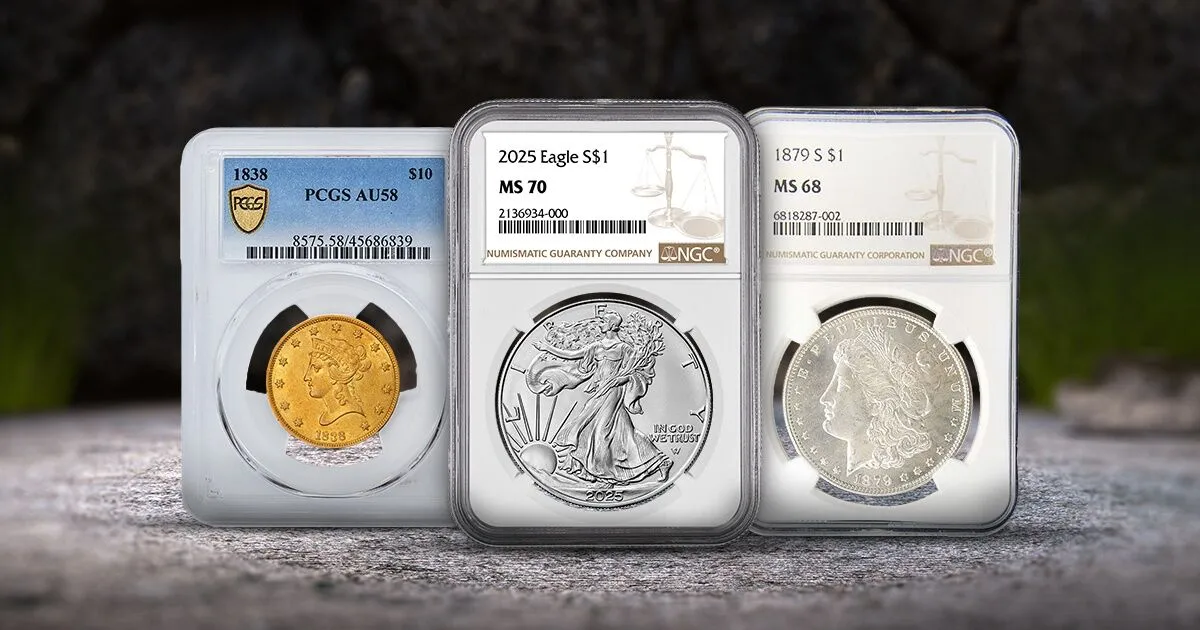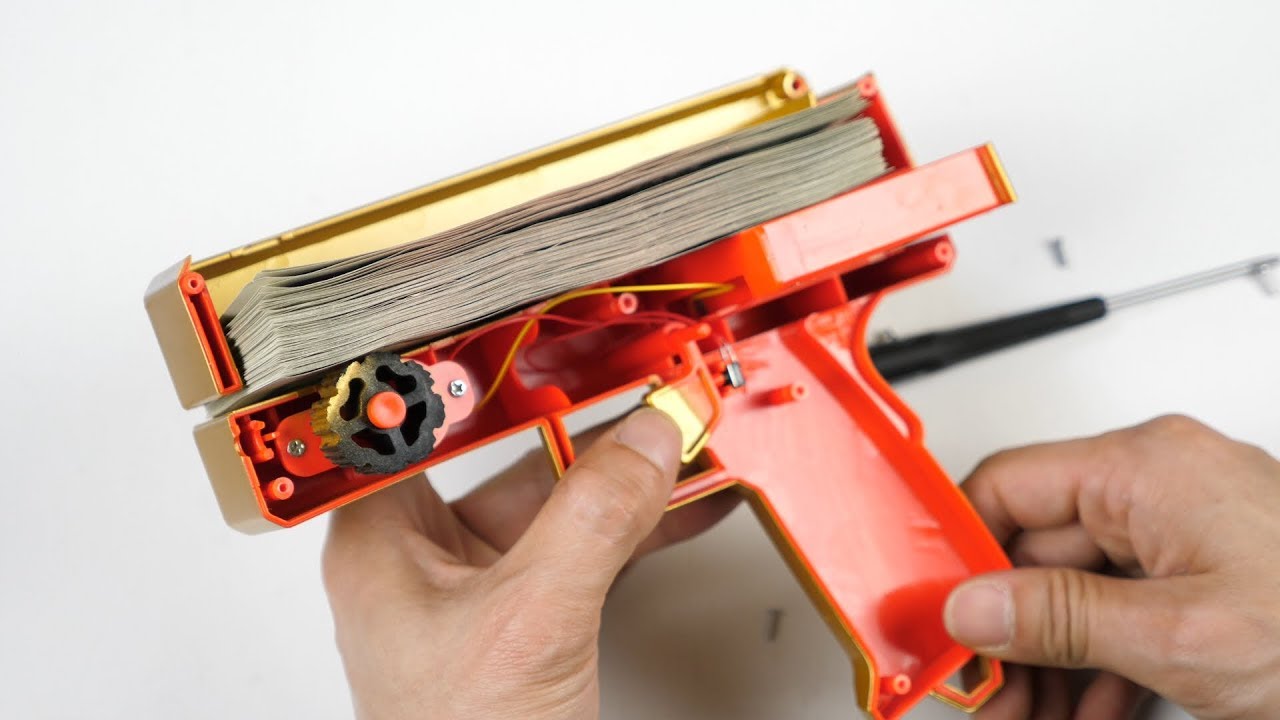First thing first, however, what is a NGC coin certification? It is an independent examination completed by a professional that is responsible for ensuring not only the authenticity of a coin, but also its quality and grade. This procedure may seem like it deals only with coins, but in a broader context it also shields the hobby from enthusiasts by providing certification to a collector compelling cash against their own will. As of now, moves on the Numismatic Front using NGC coin certification have gained prominence initially for certifying huge quantities of collectibles brought into the industry, enhancing the overall fairness of trade. With time, these measures have come to work as the metrics to gauge the free market.
Authentication Process
The skilled numismatists gave every NGC coin a laser treatment, during which they originated the coins from the certificates. A coin can undergo a scrutiny from a number of angles, starting from the knife-edge of the rim, analyzing the metal composition, and drawing the date. This sets a comprehensive understanding of the coins being authentic or not counterfeit or polished etc.
Grading Standards
When evaluating an NGC coin, professional graders assess various characteristics like strike quality, surface preservation, luster, toning, contact marks, wear patterns, and overall eye appeal. The grading process follows standardized criteria to ensure consistency and reliability across all evaluations.
Protective Encapsulation
After authentication and grading, each NGC coin is sealed in a tamper-evident holder designed to protect the piece from environmental damage and handling. These holders incorporate UV-resistant materials, inert inner surfaces, sonically-sealed edges, and anti-counterfeiting features to ensure long-term preservation.
Market Impact
Certification through professional services influences coin values and marketability. A certified NGC coin typically provides greater buyer confidence, easier value determination, improved liquidity, and better preservation of the piece over time. This standardization helps create a more stable and transparent marketplace for collectors and investors.
Long-term Preservation
Long-term professional numismatic coin certification becomes feasible via the use of protective holders, handling reduction, environmental protection and documentation maintenance. These practices contribute to the safekeeping of crucial numismatic pieces for posterity.
Market Transparency
Standardising certification grade descriptions, history of conservation and persuasively documenting ownership are key tools in creating transparent markets. Such standardisation is beneficial for both the sellers and the buyers in the numismatic market.
Conclusion
The modern coin market can be said that the professional certification of a piece of numismatic is the prime determinant enabler for the confidence of the collectors in their investments while also ensuring that invaluable pieces are stored for the next generation. It is in this regard that certification and grading standards of coins are as innovative as they are recreational in emphasis. Given the fact that the numismatic market is dynamic it is obvious that there is a need to let professional certification be the final arbiter when trying to amass quality collections. Further, in the current digital age, we see the brewing effect of professional numismatists and online business approaching which completely changes the approach one has towards a coin certification by the NGC.




